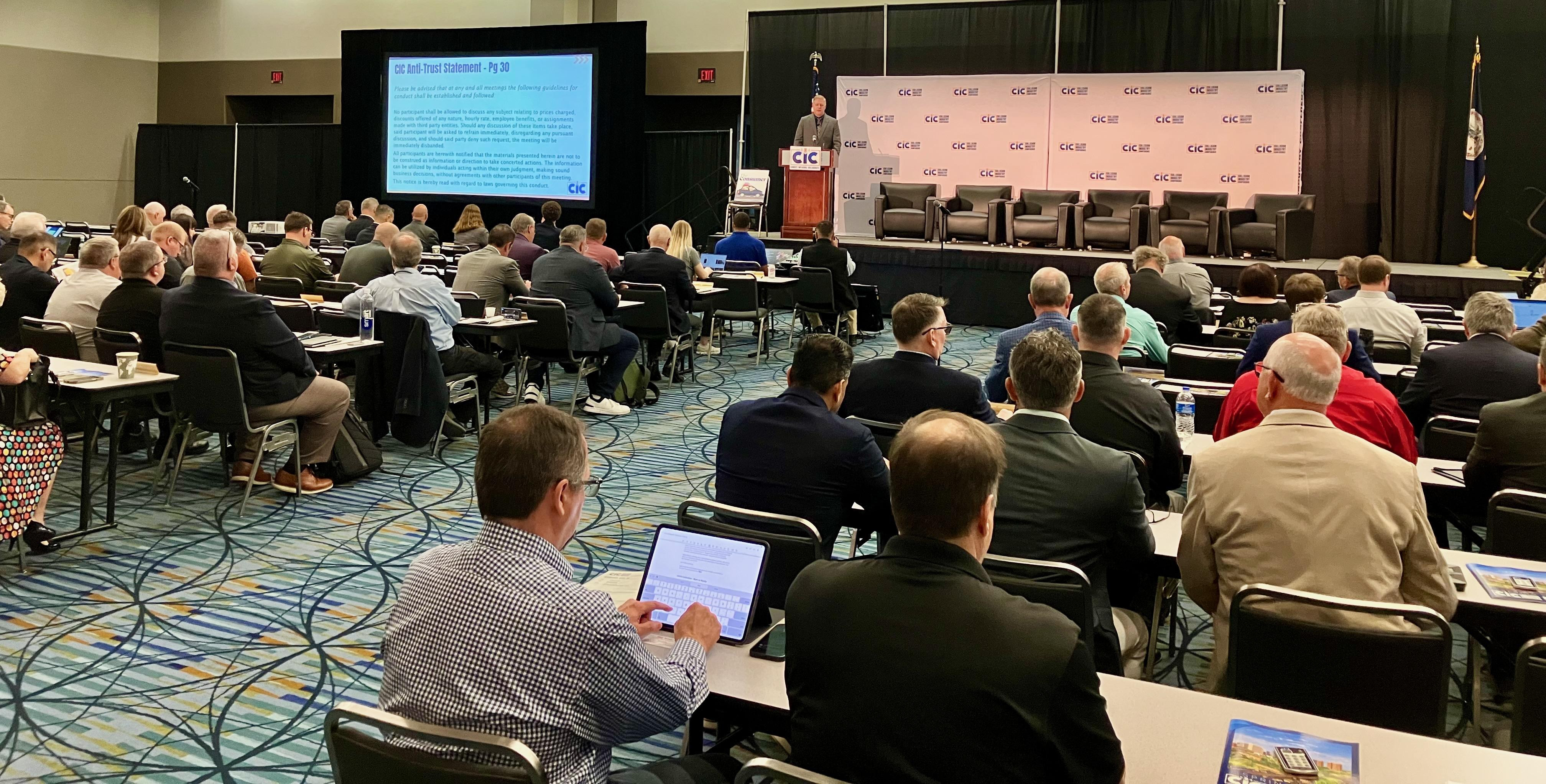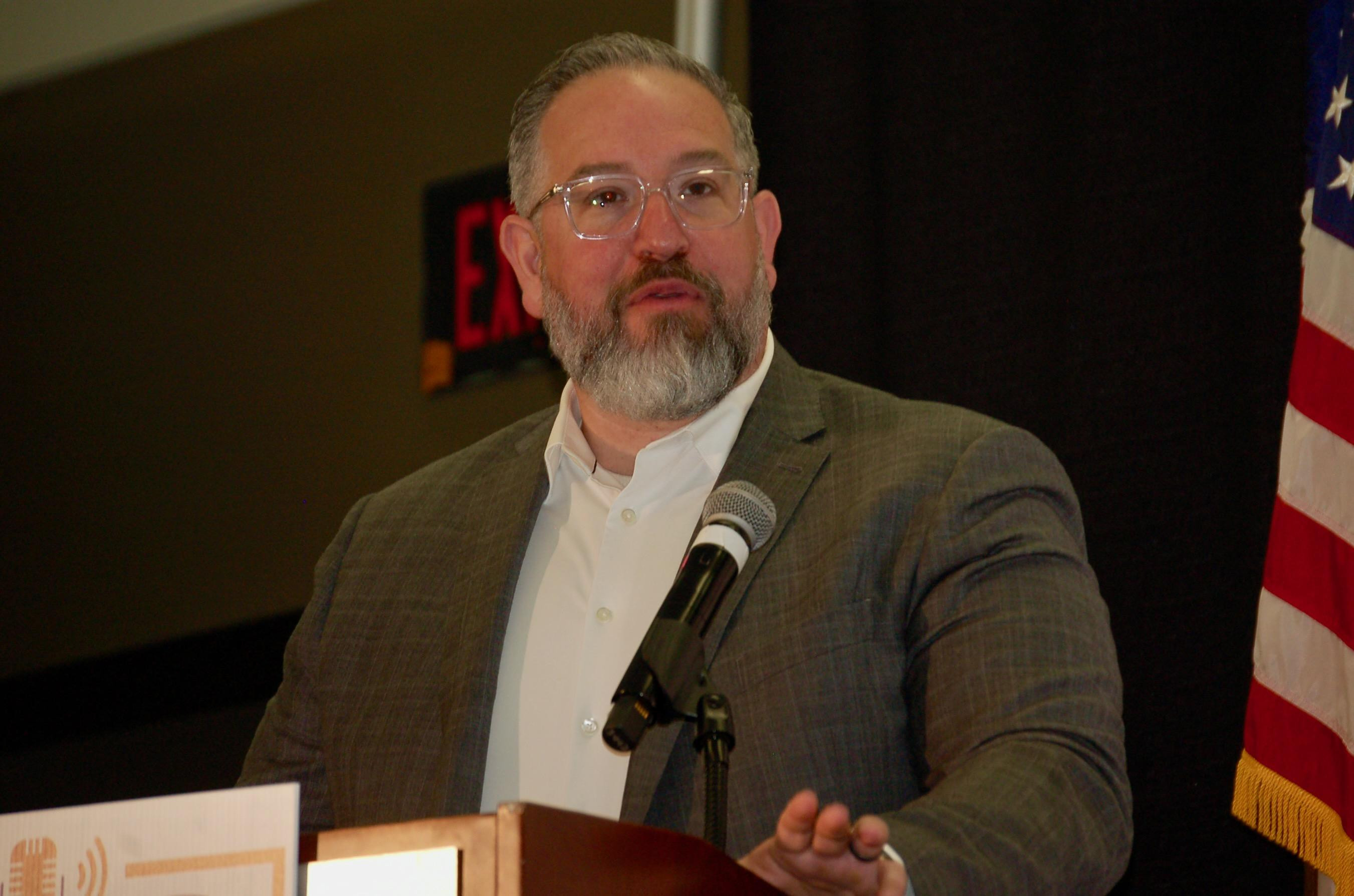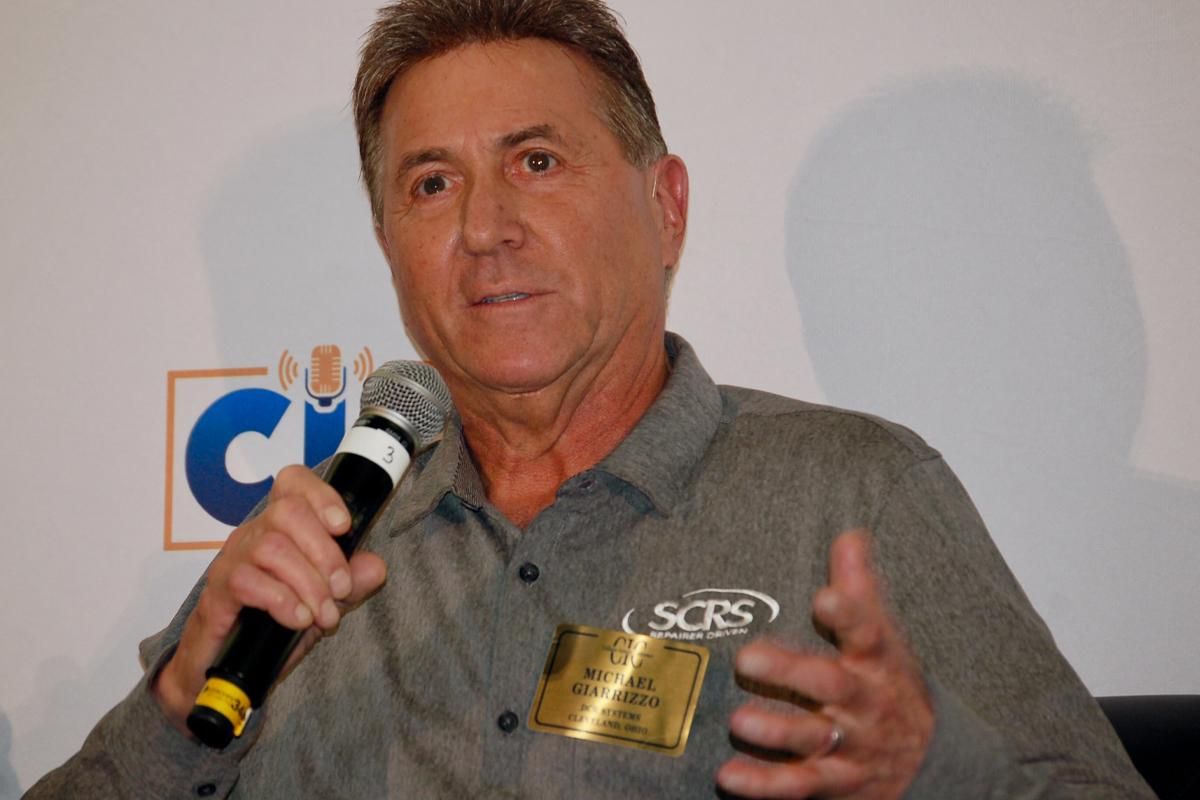As the Collision Industry Conference (CIC) prepares to hold its summer meeting July 23 in Philadelphia, here’s a round-up of other interesting points of discussion brought up during “open mic” and other sessions at CIC’s spring meeting in Richmond, VA.
Destructive Testing of Welds
Bud Center of I-CAR said his organization is working to bring more clarity to the topic of destructive testing of welds prior to welding on any vehicle.
“I think that some of the challenge comes from the fact that if you look at manufacturer service information, in most cases it says you need to do a destructive weld test, but in most cases it does not tell you what that destructive weld test should look like,” Center said. “It doesn't say: When you are doing this type of weld, you need to do a peel test versus a twist test. It doesn’t tell you that you should look for this size tear-out as a result.

“So for about a year now, I-CAR has been working with organizations like the American Welding Society and others, doing destructive weld test research so that we can try to help the manufacturers come up with a standard,” he said.
Center discussed some of the concerning things I-CAR has seen during its research on the topic.
“We’ve done some weld testing where the welder itself gives us a checkmark that says it’s a good weld, but then when we do the destructive weld test, it pops apart like it was put together with Elmer’s Glue,” Center said. “We thought it might have been our coupons, so we went out and cut up the actual vehicle to get metal from the vehicle — and had the same results. So we realize this is an industry-wide issue, and we are working on it.”
Third Parties Relying on Old, Incomplete Info
I-CAR was also mentioned following a CIC panel discussion on the current limitations of third-party tools identifying the ADAS calibrations that may be necessary on a vehicle. Mike Anderson of Collision Advice came to the microphone to express concern about the industry becoming too reliant on third-party information sources rather than OEM information about “when something should or should not be done.”
He said he contacted I-CAR after hearing from a shop in the Pacific Northwest that was being told by an insurer that they wouldn’t pay for a certain calibration because “I-CAR’s website said it does not need to be done on this specific model.” Anderson said the insurer was referencing the ADAS calibration section on the I-CAR website, which he said is “a great resource, but’s it’s outdated.”
“It only had data and information up to 2019, and we’re talking about a 2023 vehicle,” Anderson said. “So that’s one example where a third-party payer is using something other than the OEM electronic service manual to determine when something is done. I can tell you that I have an email that came from a shop today that said there was a third-party software that said these are the calibrations that need to be done [on a particular vehicle]. I personally researched it, and that specific software missed three calibrations that the OEM electronic service manual says need to be done. I’m just really concerned when a collision repairer is losing even having a voice in what takes to repair the vehicle properly.”
 Aaron Schulenburg.
Aaron Schulenburg.
Center said the concern about that website page was something I-CAR heard not just from Anderson but others, and I-CAR “has a team of people that are working every day to bring it current, to make sure that everything out there is right.”
But Aaron Schulenburg, executive director of the Society of Collision Repair Specialists (SCRS), said the larger issue Anderson pointed to between shops and insurers is “probably one of the biggest challenges facing our members and collision repairs today.”
“I think the reality is there are a lot of people that face conflict every day, and those conflicts are getting harder and they don’t know how to resolve them,” Schulenburg said. “And there are people who are out there taking advantage of the conflict rather than seeking solutions.”
Vehicle Affordability Issue Seen as Critical
Another CIC participant suggested a topic he believes should be discussed at CIC, saying it could become “an existential crisis” for the industry.
“Car affordability is a key issue because if people can’t afford automobiles, we don’t have an industry,” said Ken Weiss, a longtime consultant in the alternative parts industry.
New U.S. light vehicles have an average price of nearly $49,000, and tariffs and technology could drive that even higher. One in five new-car loans in the first quarter of this year had 84-month terms, and loan delinquency is rising. That can in turn drive up demand and pricing for used cars, which can reduce total losses, but also makes vehicle ownership tougher for American drivers.
“Nobody is addressing that,” Weiss said of the affordability issue. “We can’t keep finding ways to get compensated more money when nobody can afford to pay it. Insurance companies can’t afford to pay for it if we don’t have people paying premiums.”
As vehicle technology and inflation have driven up repair costs, insurance premiums rose 14.5% in 2023 and 12.83% last year, leading more drivers to reduce coverage.
“I think we need to address that,” Weiss said.
Enforcement of State’s Shop Registration Program
During a CIC panel discussion on the merits and downsides of shop licensing, Michael Giarrizzo discussed his involvement as an appointee on the Ohio Board of Motor Vehicle Repair. Since 1997, all collision repair businesses in Ohio must register with the board.
Giarrizzo, CEO of DCR Systems, which operates 11 collision repair shops under partnerships with dealers, recently spent five years on the board, and said it’s “really designed for consumer awareness and consumer protection.”
Registration requires a shop to submit tax identification numbers, proof of business and worker’s compensation insurance, facility photos, and an EPA hazardous waste generator number, along with a $228 annual fee.
“And until, quite frankly, maybe 2020 or 2021, there was not a lot of compliance simply because it wasn’t being policed,” Giarrizzo said. “When I got involved, I and a couple other members on the board said, ‘Hey, if we have this law in place and we’re not enforcing it, really what good is it?’ There were shops that were four or five years delinquent. There were shops that had never registered. It’s policed now by two investigators who cover the whole state.
“They’re scrubbing things like social media advertising to identify if a shop exists but is not compliant,” he added.
Non-compliant businesses get 30 days’ notice to register, then a delinquent notice after another 30 days.
“If you don’t comply after that, then you get a notice of a hearing, and then ultimately you end up with the attorney general and into collections,” Giarrizzo said. “Again, it requires just the very basics that you need to be in business in our industry, making sure that consumers at least have a chance to actually interact with a viable collision repair facility.”
Giarrizzo said while it isn’t an all-encompassing shop licensing program, he’s proud of the changes he and other present or recent board members have been able to make.
“We said if this exists, it’s got to be here to make a difference, and protect the consumers like it’s designed to,” Giarrizzo said.














John Yoswick